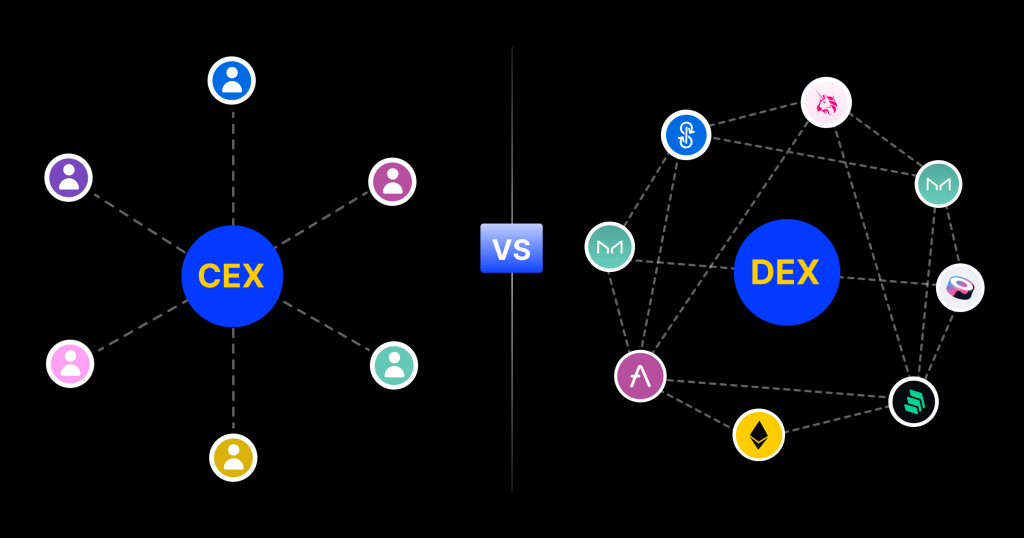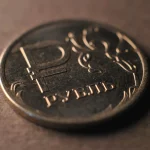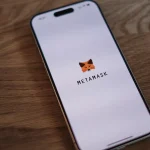
On March 24, the decentralized derivatives exchange dYdX launched a buyback program for its native token, DYDX, directing 25% of monthly commission revenues toward it.
The first-ever $DYDX Buyback Program is here 🚨
— dYdX (@dYdX) March 24, 2025
Starting today, 25% of dYdX net protocol fees will be used to buy back DYDX tokens from the open market every month—reinforcing long-term commitment to the ecosystem.
More products. More growth. More value. pic.twitter.com/1XsD1uyb34
The team aims to “strengthen long-term commitment to the ecosystem.”
According to DeFi expert Route 2 FI, dYdX generates $17.5 million in annual commission revenues. This means at least $4.3 million will be allocated for the buyback.
“The community is discussing the possibility of increasing the buyback allocation to 100% of unlocked DYDX tokens with a 50% reduction in emissions starting in June 2025, making it one of the most mature Perp DEXs in the space,” he noted.
Following the announcement, the price of DYDX rose by 7.9%. As of writing, the token is trading at $0.726, according to CoinGecko.
However, the token buyback model funded by the platform’s own revenue may not prevent price declines and could ultimately be detrimental. This conclusion was reached by Messari analysts in a recent report.
The bear case for token buybacks https://t.co/ojg3twTtFf pic.twitter.com/3Ig0r57IML
— Messari (@MessariCrypto) March 20, 2025
Temporary buying pressure cannot mask weak fundamental metrics, and growth in metrics and narrative formation remain key, they concluded. Moreover, excess capital eventually turns into unrealized losses, requiring token sales at unfavorable prices.
As examples, analysts pointed to projects like Raydium (RAY), GMX (GMX), Gains Network (GNS), and Synthetix (SNX). Despite spending millions of dollars on buybacks, their token prices plummeted. SNX fell by 77%, GNS by 76%, GMX by 34%, and RAY by 26%.
RAY, GMX, GNS and SNX have programmatically bought back millions in tokens which are now worth way below cost.
— MONK (@defi_monk) March 20, 2025
This is the programmatic token buyback fallacy:
1. Irrelevant to price action which is driven by revenue growth and narrative formation.
2. When revenues are strong… https://t.co/c16eICFJPL pic.twitter.com/4G6wBFHcgF
As an alternative to capital allocation, Messari suggested “growth at any cost” or distributing real value to holders in the form of stablecoins or top assets, as seen with veAERO or BananaGun.
Pantera Capital’s junior partner, Mason Nystrom, agreed with the analysts’ conclusions. The main negative effect he sees is that, instead of buying back tokens at inflated prices, protocols could have directed that capital to stimulate fundamental growth.
Nystrom recommended companies focus on the long term, prioritizing strategic over programmatic buybacks. According to him, this would create greater value for token holders.
Earlier, Cryptol thoroughly discussed the fee switch concept, which includes more active token buybacks and burns.








 Cryptol – your source for the latest news on cryptocurrencies, information technology, and decentralized solutions. Stay informed about the latest trends in the digital world.
Cryptol – your source for the latest news on cryptocurrencies, information technology, and decentralized solutions. Stay informed about the latest trends in the digital world.